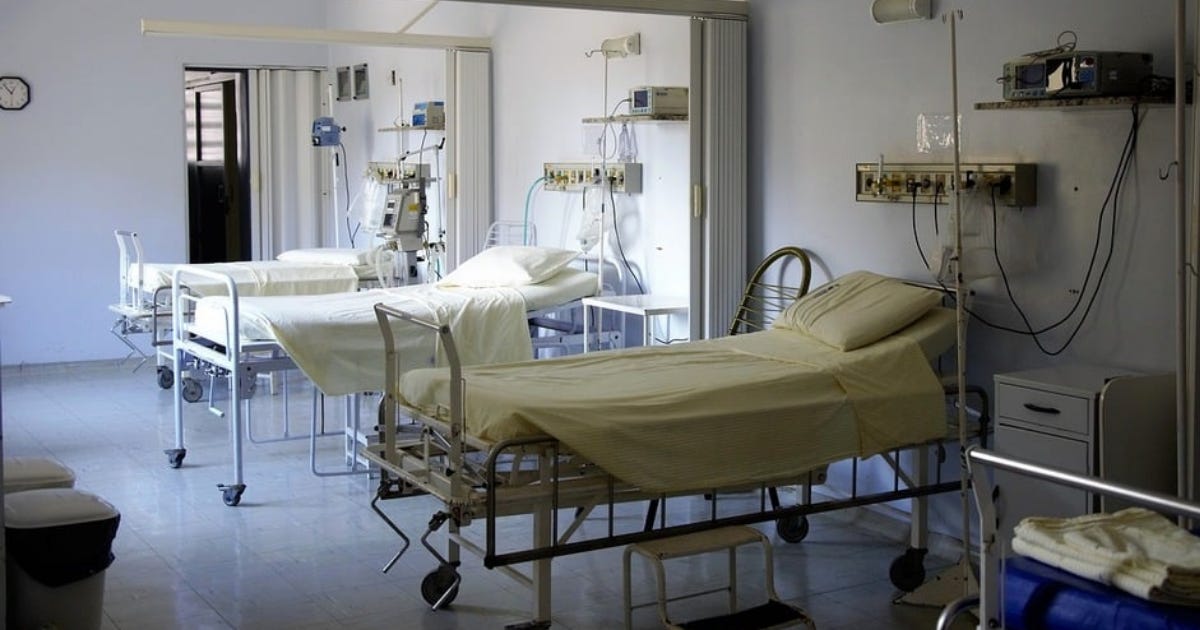Medical waitlists grow beyond pandemic levels: SecondStreet
More Canadians are now on healthcare waitlists for surgeries, specialists and diagnostics than there were at the end of the pandemic, according to government data.
More Canadians are now on healthcare waitlists for surgeries, specialists and diagnostics than there were at the end of the pandemic, according to government data acquired by the think tank, SecondStreet.
Data obtained by SecondStreet through a freedom of information request and available government data shows that more than 3.7 million people are in limbo in the Canadian healthcare system on waitlists. The think tank SecondStreet estimates the number is closer to 5.8 million, as several provinces are missing data for specialists.
Data from Yukon and Prince Edward Island are entirely missing, as they either “do not know” or don’t collect data on patients waiting in the healthcare system.
The data confirms at least 3,772,422 people were on waitlists in Canada, a 26% increase from the 2.9 million confirmed cases in 2022, at the end of COVID lockdowns.
SecondStreet’s communication director Dom Lucyk, said in a news release released Wednesday from the think tank that Canada’s healthcare system is “broken and needs reform.”
“Coming out of COVID, many were talking about the waiting list backlogs in health care,” Lucyk said. “While the pandemic certainly didn’t help, it’s telling that even three years later, the number of patients on waitlists continues to grow throughout Canada.
A study released in May by the Fraser Institute, which analyzed the average wait times from referral to a general practitioner for 2024, found that the Canadian average was approximately 30 weeks. Canadians lost an estimated $5.2 billion in time they could have been working, or $3,364 per person.
That rose from the estimated $3.5 billion lost due to medical wait times in 2023, according to a Fraser Institute study from the previous year,
The SecondStreet report indicates B.C. surgical waitlists have grown by about 7,000, while data obtained by the think tank through a freedom of information request does not specify the number of people waiting to see a specialist.
In July, the organization discovered that nearly 1,600 patients died while on health care waitlists in B.C. in the fiscal year of 2024-25. The province’s Interior Health acknowledged that 38 per cent of patients who died on the waitlist were waiting longer than the recommended clinical benchmarks.
New data shows the number of Ontarians on diagnostic waitlists for CT and MRI scans has increased by nearly 260,000 since pandemic lockdowns ended in 2022.
Ontario also did not include the wait times for seeing a specialist. However, in July 2024, True North reported on a London, Ont., doctor, Mike Hart, who shared a note from an ear, nose and throat specialist. The specialist informed him his patient would have to wait over 36 months—three years—to be seen.
Lucyk notes in the release that other countries with universal healthcare systems don’t have Canada’s wait time issues.
In another Fraser Institute study, which compared Canada’s healthcare system to 29 other countries with universal healthcare systems around the world in 2023, Canada was found to have the longest wait lists out of any of the different countries, ranked 28th for access to doctors, 23rd in hospital beds and 25th in MRI machines. Canada also spent the most of those countries with universal healthcare systems.
“Marginal changes to our system won’t cut it,” he said in the release. “Provinces need to get their act together and start fixing the system, mainly by learning from countries with better-performing universal health care systems.”





As long as Health Care is government run or even influenced by government it will be inefficient, ineffective and inconsistent. That is the nature of the bloated bureaucracy that passes for governmental administration.
Yeah but at least we are a "Global Power" now. I don't care if I die on a waitlist as long as Carney can tweak his and his lovely 'wife's' tits at the UN in a Carneyesque wet dream of warmongering.
Lock up your children, Canadians, you are about to defend Ukraine to the Last Canadian - right after the last Ukrainian has died or run away. A very sobering if disgusting watch: https://youtu.be/iaFU_wgMulY